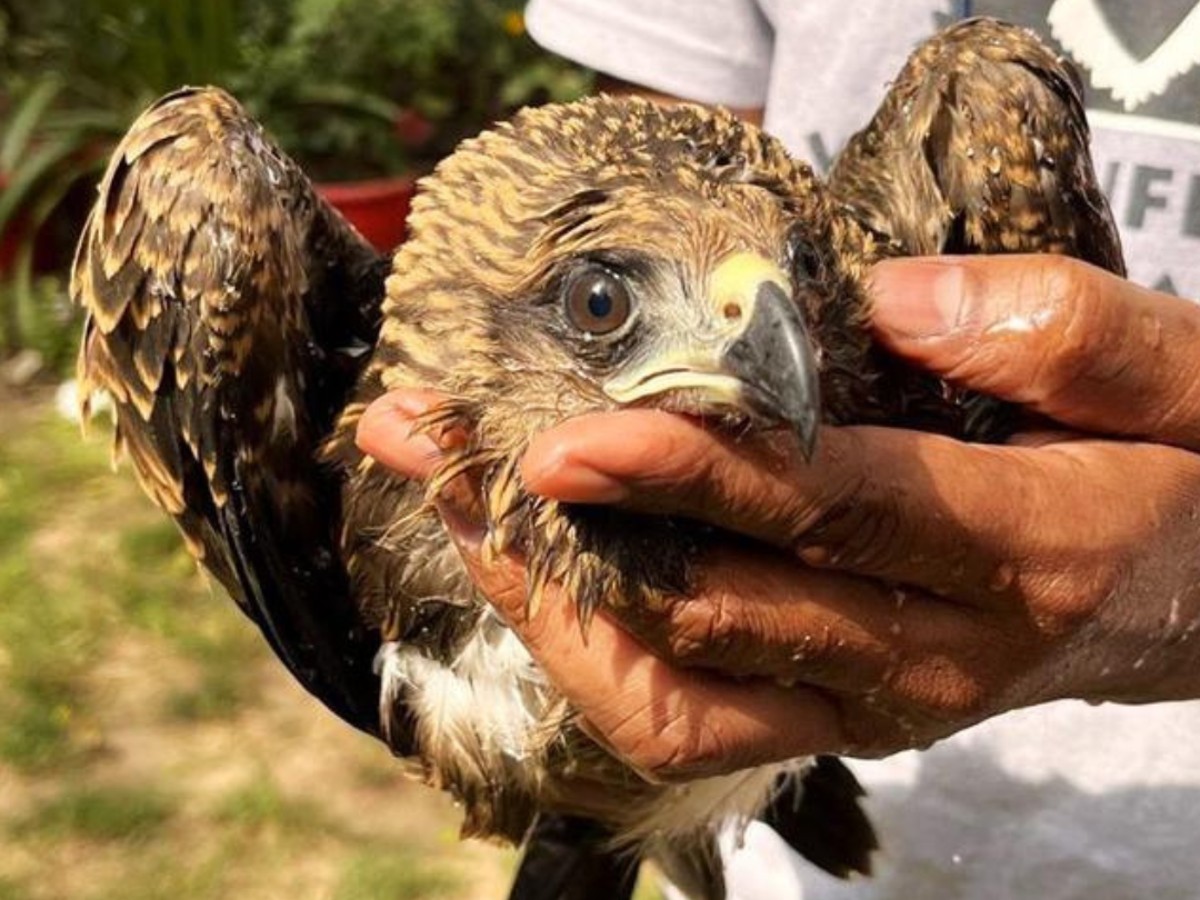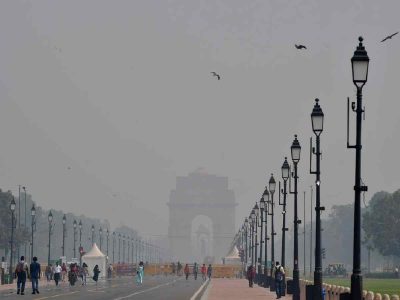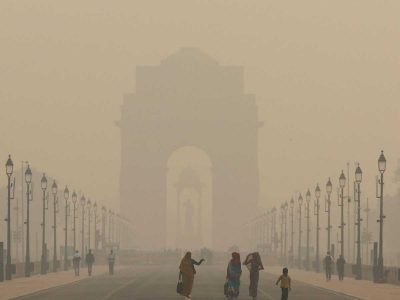Every year when the temperature rises, Delhi becomes hotter than the previous year. This year too, it is expected to be warmer and hotter despite occasional showers.
According to a recent research, heatwaves in India are becoming more common and intense as a result of climate change, with over 90% of the nation in the “extremely cautious” or “danger zone” of their impacts.
The research, led by Ramit Debnath and colleagues at the University of Cambridge, has also found that Delhi is particularly sensitive to the impacts of extreme heatwaves.
Also read: Plants that ask for water, sunlight
The heatwaves don’t only pose a threat to humans — 15,000 people died due to heat-strokes in 2022 across the world as per World Health Organisation (WHO) data, they also have a harmful impact on the animals.
Patriot interviewed specialists and pet parents to understand the impact of heatwaves on animals and possible solutions.
Kartick Satyanarayan, the Chief Executive Officer (CEO) and co-founder of Wildlife SOS, says that this is a neglected aspect and should be brought to everyone’s attention before it’s too late.
He explains that during such extreme hot weather, animals are vulnerable to dehydration and heat exhaustion. “Birds, in particular, can be found lying on the ground unconscious or even suffering from heatstroke, which can result in fatalities if proper measures are not taken. Raptors, like kites, are at a higher risk of heat exhaustion as they fly at higher altitudes. Wildlife SOS receives hundreds of distress calls every year during peak summer regarding birds that have succumbed to heat,” he says.
Climate harsh on animals
According to Kartick, due to the harsh climate in Delhi, there has been a significant rise in the number of reptile sightings in commercial and residential areas, particularly during June and July.
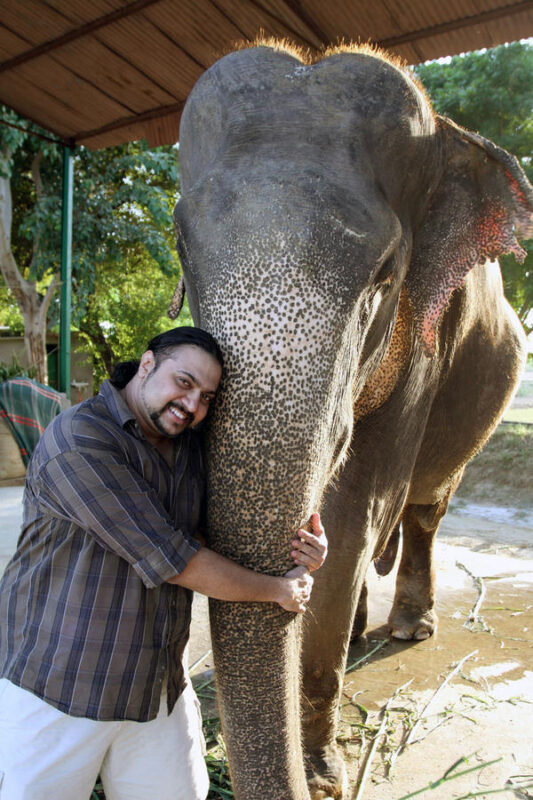
As ectothermic creatures, reptiles rely on external sources to regulate their body temperature. Therefore, on excessively hot days, they leave their natural habitats to seek cooler and shaded areas for refuge. With reduced forest cover and degraded habitats due to uncontrolled urbanisation, these animals have no choice but to venture into areas where humans live.
When questioned about animals most impacted by weather, Kartick said that summer in Delhi is particularly harsh for birds.
“Birds generate heat to stay warm and because of it, their body temperature is usually higher than the surrounding temperature. When the atmospheric temperature exceeds a bird’s body temperature, the only way it can cool down is by panting or sweating, both of which result in water loss. Heat affects birds more significantly as they are more active during the daytime, particularly during sunrise and sunset,” says Kartick.
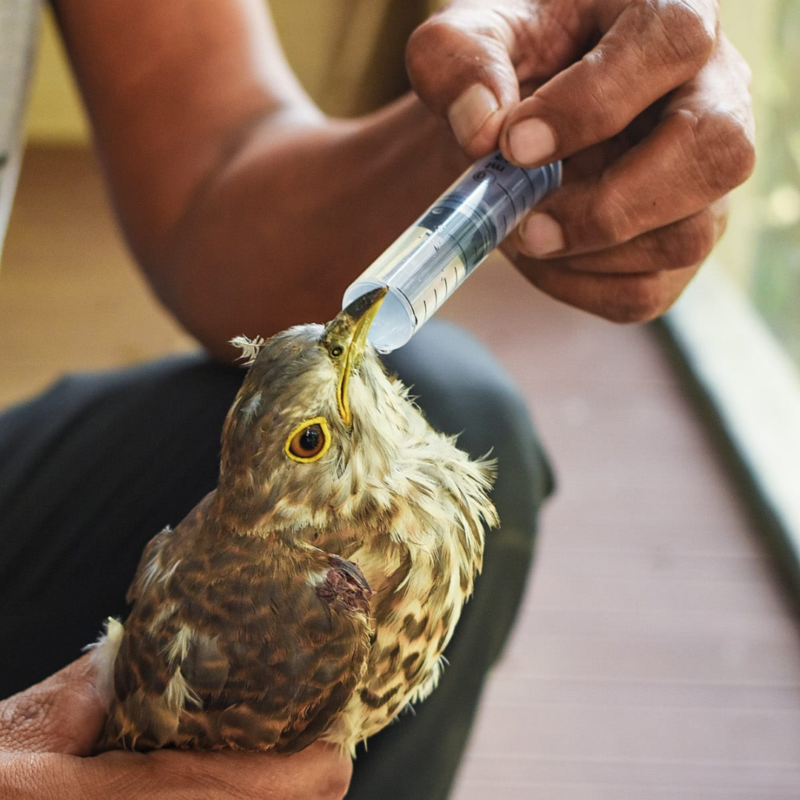
The disruption of the balance between wildlife and their ecosystem is a potential consequence of increasing temperatures that many fail to grasp, he adds.
Simple measures for awareness can have a positive impact on this situation. The public can make a difference by placing earthen water bowls and food on their balconies, window sills, outside residential complexes, and shops.
Kartick emphasises that creating green areas by planting more trees and keeping potted plants can also provide relief to birds and other urban wildlife.
Patriot also contacted Dr Vinod Sharma, Head Veterinarian at DCC Hospital in Delhi. “All the species get affected by extreme heat conditions in Delhi. Heatstroke and dehydration is a common occurrence, alongside problems like vomiting, lethargy and dizziness,” he says.

“Most of the animals, especially stray animals which often get hurt by cars or other vehicles while running, look for shade under the cars and trees. Sometimes when pets are left inside the car without the AC switched on or people leave them outside while going out to shop or perform other activities, they are susceptible to getting heat-stroke.”
Awareness is key
Acts of basic awareness can protect these animals, adds Dr Sharma. “Try to keep them indoors when possible, keep them hydrated and give a nutritional diet especially to stray animals as they’re more vulnerable to heat and accidents,” he says further.
He also advises people to leave food and water for stray animals and use old clothes to create a makeshift shelter for them. “Keep a lot of good grains and water on roofs or dedicated areas for the birds. These small steps can save the lives of many animals. Casualties happen when not enough care is taken. A lot of issues with pets and strays especially in the summers that can be avoided.”
Not just wild animals, certain pet animals also succumb to extreme heat conditions in the Capital despite being provided with all the necessities. Sugandha Bisht, a 34-year-old resident of Noida, shares an incident of how she had to relocate her two German shepherds to her hometown.
“I have two dogs named Sumo and Sam, and both of them are German shepherds. They are accustomed to playing outdoors most of the time and are high on energy, but last year, the temperature was so high that we had to think twice before taking them outside, and even if we did, it was harmful to leave them unsupervised.”

Eventually, her dogs became lazy and used to just lie down most of the time.
“We thought that it was because of the heat, so we used to shed them regularly as well, but there wasn’t any significant improvement. However, things got worse when Sumo’s nose started bleeding. We took him to the vet and took some medications, but the suggestion given was that we move the dogs to a cooler location, so we moved them to my hometown in Uttarakhand.
“It’s been a year, and the dogs are absolutely fine. But it breaks my heart to see that they’re not here with me. They were my support system and a source of joy working away from my friends and family. The love and companionship were given, but at the end of the day, what matters is their safety,” says Bisht.
Another pet parent Ovesul Islam, 22 shares the problems her cats face during extreme heat. There are multiple health issues like vomiting and restlessness.
“Usually domestic cats are accustomed to our environment and it’s the foreign breeds that struggle but since the past few years, the temperature is so high that my cat also sometimes faces issues like restless behaviour, excessive panting, which wasn’t the case earlier,” he says.

